There myrrh (Commiphora myrrha) is a plant belonging to the botanical family of Burseraceae. The term myrrh also means the aromatic gum which is extracted from the tree. It is a herbaceous species native to the semi-arid regions of the Arabian peninsula and north-eastern Africa, still widespread today in countries such as Somalia, Ethiopia, Egypt, Sudan, Oman, Yemen. It is firmly linked to the most ancient traditions of the Middle Eastern peoples and was used to prepare purifying ointments and balms, to embalm the dead, to perfume rooms. Here, it is famous for the religious tradition that counts it among the three precious gifts that the Magi brought to Bethlehem at the birth of Christ.
Today, myrrh is a widely used herbal product. We therefore know better the tree from which it is extracted, the properties and the most common uses of the resin.
Description of myrrh
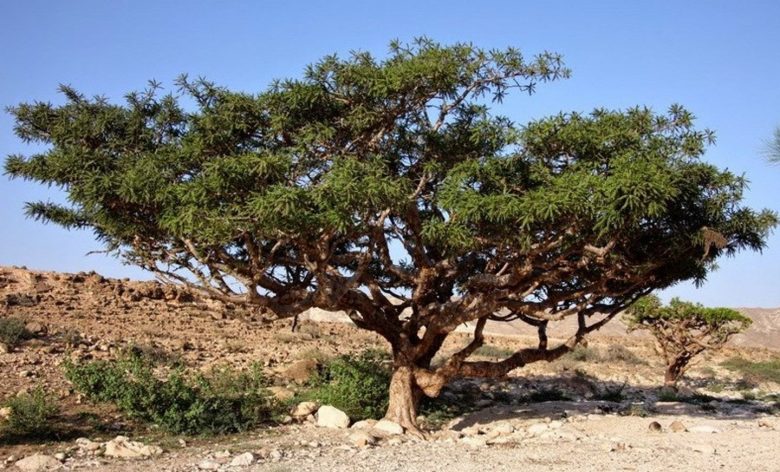
There Commiphora myrrha it is a shrub or a small tree a few meters high (maximum 4 m). The foliage has an expanded growth habit and an irregular structure. The twigs, with long sharp thorns, usually appear as dry twigs, since they have leaves only in the short rainy period (in those areas a couple of months a year), while for the other months they are bare.
Leaves
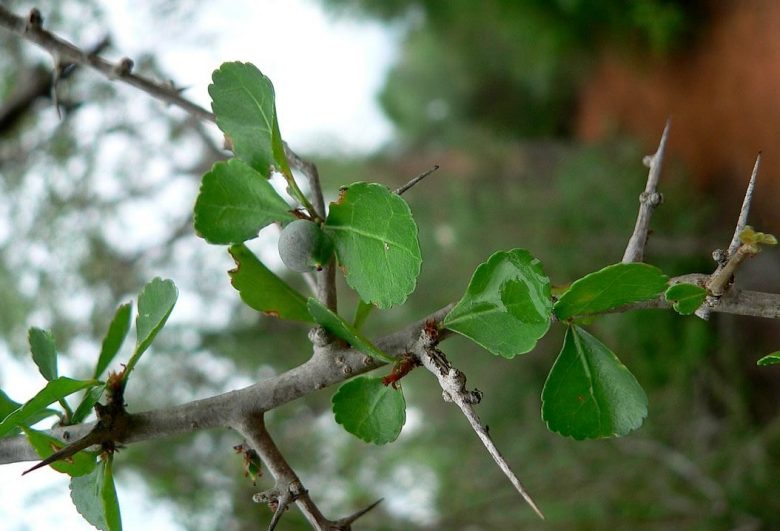
The leaves of the myrrh plant are normally divided into three leaflets which can sometimes be reduced to just one. The central leaf, oval and spatulate, is about 1 cm long, narrows into a wedge at the base and rounded at the apex. The margin is serrated at the top and is entire in the rest of the leaf. The two lateral leaflets are very small (no more than 3 mm in length) and have an entire margin. Both the small and the larger ones are crossed by a robust central rib.
Flowers
The flowers of myrrh are gathered in small inflorescences at the axil of the leaves. The calyx is divided into 4 lobes, the corolla is composed of 4 petals which contain the 8 stamens and the ovary.
The color is orange and flowering occurs at the end of the rainy season.
Fruits
The fruit is a drupe with the outermost part that opens into two valves, which contain the fleshy portion. The latter is shorter than the core it contains, therefore this remains partially protruding.
Can myrrh be grown in Italy?
Myrrh must be considered to all intents and purposes an exotic plant, difficult to cultivate in our latitudes, due to its poor resistance to cold (it already suffers damage at 6-8 ° C). The shrub has a wild, very pleasant and ornamental appearance, but it grows substantially in semi-desert areas. More interesting is the cultivation in pots, in the delicate art of bonsai. For this purpose the species is used Commiphora wildiione of several species of the genus Commiphoramore plastic and suitable for bonsai.
How is myrrh extracted?
As mentioned, myrrh is a resin which, after fruiting which takes place in late summer, spontaneously exudes from the cracks in the bark of trees (which are at least 3-4 years old). To obtain a greater quantity of product, incisions are made on the trunk, from which the resin comes out. This, in contact with the air, solidifies into drops (called tears). The extraction resembles that of a botanical species more common to us, namely the manna ash. It therefore occurs in isolated tears or in conglomerated masses. It is translucent and brittle, the fracture is shiny. The color, when fresh, is orange-reddish, while it becomes darker when dried. It has a balsamic and sweet smell, finely spiced. The taste is sour and bitter.
Active ingredients and properties of myrrh
The active ingredients contained in myrrh are: resins, myrrhine, myrrh, essential oilbitter principles, gums (especially pentosans).
The properties attributed to this resin are: aromatic, balsamic, antiseptic, skin purifying, astringent.
Uses of myrrh
Myrrh, in the form of essential oil, is used above all in aromatherapy as a purifier of environments. In herbal medicine, on the other hand, the antiseptic and astringent properties are used to prepare toothpastes and mouthwashes. For external use it enters the composition of balms, liniments and plasters. It is also used to firm the gums and reverse small ulcerations of the mouth, throat and skin.
For internal use, always as an essential oil, it excites the appetite, stimulates the secretion of gastric enzymes and is a good carminative and anti-catarrhal. In addition to its antiseptic properties, myrrh has emmenagogic and vermifuge functions.
In the specialty stores you can find it pure in grains, scented incense, food supplements, or in the form of essential oil.
How to make myrrh mother tincture at home
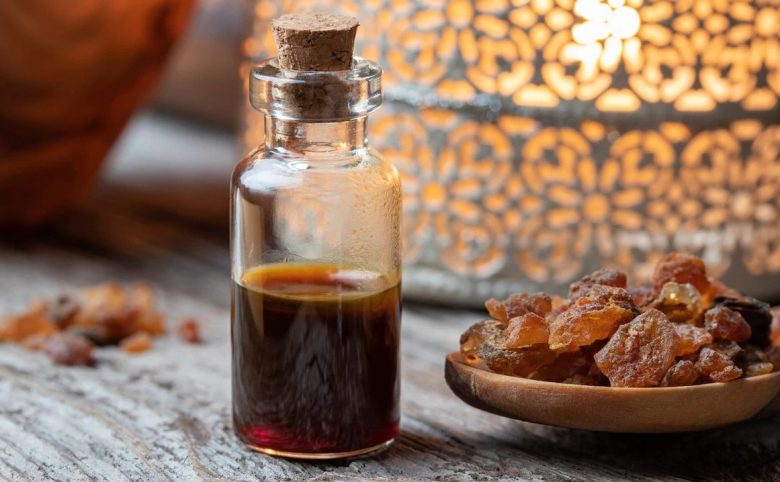
With the resin of myrrh in grains, reduced to a fine powder, the mother tincture can be prepared at home. 20 g of myrrh powder and 100 ml of alcohol at 70 ° are used, to be macerated for 10 days, shaking the mixture frequently. After the time has elapsed, it is filtered and kept in small glass bottles. The mother tincture thus obtained is an excellent astringent and purifier of the oral cavity. It can be used to rinse and gargle by diluting a tablespoon of tincture in a glass of water. The same solution can be used for brushing on small ulcers of the mouth and throat.
Controidications
Myrrh appears to be safe for most people when used in small quantities. It can however cause some side effects such as rashes, when applied directly to the skin, and diarrhea when taken by mouth. In fact, amounts greater than 2-4 grams can cause irritation to the kidneys and changes in heart rate. Furthermore, its use is not recommended in subjects suffering from gastritis, when you have bleeding problems, when taking diabetes drugs, in case of fever, systemic inflammation or in case of heart problems. Its use should also be avoided during pregnancy and lactation, and following surgery.

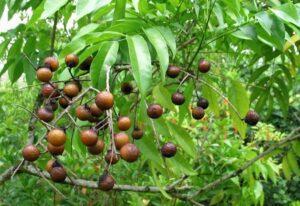
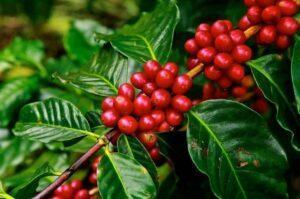
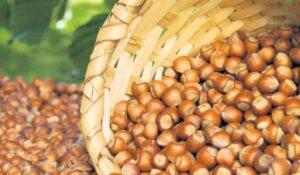
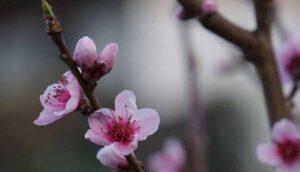
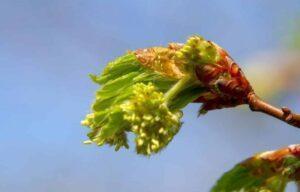

Start a new Thread